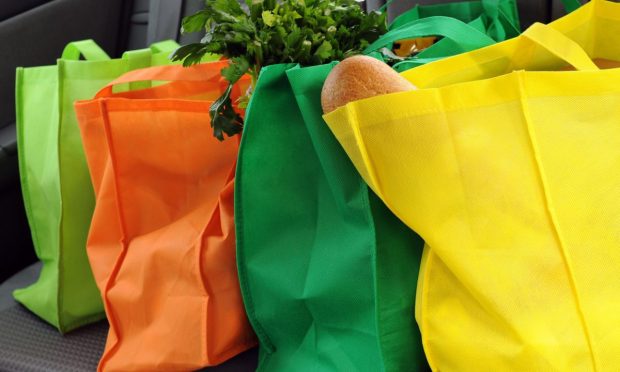Curbside-Only eGrocer Promises Last-Minute Flexibility for Convenience Seekers

As retailers seek ways to make eGrocery profitable, curbside-only stores are emerging.
In an interview with PYMNTS, Alex Ruhter, co-founder and CEO of curbside grocer JackBe, which recently announced that it has raised $11.5 million in capital, noted that the model’s strongest advantage is its ability to provide last-minute convenience.
“We’re having to retrain people in one particular area, and it’s really the game changer for why JackBe has connected in the minds of the consumer, and it’s the fact that you do not have to schedule ahead in order to get groceries,” Ruhter said. “Any [other eGrocery channel] involves scheduling at some point in the future. With JackBe, you can place an order and then go pick up those items immediately.”
He noted that, at first, consumers would place orders several hours in advance but that, in the last couple of months, consumers have begun taking advantage of the option to get items within “minutes” (depending on the order size and complexity, anywhere between a few minutes and 10 to 15 minutes).
Convenience can be key to winning grocery shoppers’ loyalty. Findings from the latest edition of the PYMNTS Consumer Inflation Sentiment report, “Consumer Inflation Sentiment: The False Appeal of Deal-Chasing Consumers,” reveal that, among the 39% of consumers who can be persuaded to try out new merchants, ease and convenience are top priorities. Forty percent of these persuadable consumers cited these as the most influential factors when deciding where to buy grocers, a greater share than said the same of any other consideration.
JackBe is not the only startup looking to seize on this opportunity. In late January, Addie’s, which bills itself as the “first drive-up grocer” on the East Coast, closed its own $10.1 million seed funding round.
Notably, the curbside model seems to be far from a surefire hit. In February, it was revealed that retail giant Walmart ending its nine-year test of pickup-and-delivery-only locations, shutting them down. Ruhter maintains that this decision is not so much a testament to the shortcomings of the curbside-only model but rather to the superstore chain’s flawed approach to the channel.
“What we have observed here is that in order to do what we’re doing effectively, it actually needs a new business model,” Ruhter said.
He argued that, whereas Walmart looked to offer as wide an assortment as it did in its other stores at these curbside locations, compromising the efficiency and profitability, JackBe is better able to make the model work by carrying a more “focused selection of inventory.”
Ruhter noted that most curbside efforts in the past have come from these kinds of big box retailers, whereas digitally native startups have typically focused on delivery, asserting that there are major margin challenges inherent to both these models. By focusing on a limited selection for curbside pickup without having to run a consumer-facing store, Ruhter contends that JackBe has “hit a niche that that no other business has been able to do yet.”
Certainly, curbside grocery options overall are in demand. Research from the November/December edition of PYMNTS’ monthly ConnectedEconomy™ study, the “ConnectedEconomy™ Monthly Report: The Gender Divide Edition,” which drew from a survey of more than 2,600 U.S. consumers in October, found that 45% of men and 36% of women buy groceries online for curbside pickup. These shares exceed those of any other eGrocery method.
Now, the company is looking to expand.
“We’re trying to develop a pipeline that will allow us to be able to scale as quickly as possible,” Ruhter said. “My longer-term focus is preparation for our Series A fundraising round. We’re doing a lot of work right now in order to prepare our company to be able to take on significant amounts of capital so that we can grow in the near future.”

